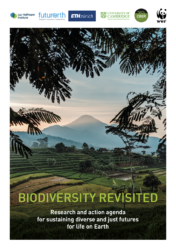Starting New Conversations to Re-think Biodiversity Research and Action
Biodiversity Revisited – a two-year, global initiative – has just culminated in a new research agenda that charts a course for more effective biodiversity research and action for the next five years. Five Future Earth scientists involved in the project reflect here on the process and importance of collaborating on impactful action plans related to biodiversity at this critical time
2020 marks the conclusion of Biodiversity Revisited, the 2-year collaborative initiative created by the Luc Hoffmann Institute that brought together nearly 300 researchers from 46 countries to critically interrogate why current models of research and conservation have been unable to stop, or even slow, the loss of species worldwide. The project’s aim was to bring together researchers and practitioners from around the world and across social and natural sciences to discuss actions and approaches needed to “bend the curve” on biodiversity loss.
This effort culminated in the creation of the Research and Action Agenda that prioritizes sustaining diverse and just futures for life on Earth and calls for reconsidering biodiversity-related actions as they relate to four themes: i) Narratives, ii) Anthropocene, Biodiversity & Culture, iii) Nature & Economy, and iv) Enabling Transformative Biodiversity Research & Change. In addition the agenda discusses changes needed in how institutions fund, review and conduct research (full agenda can be found here).
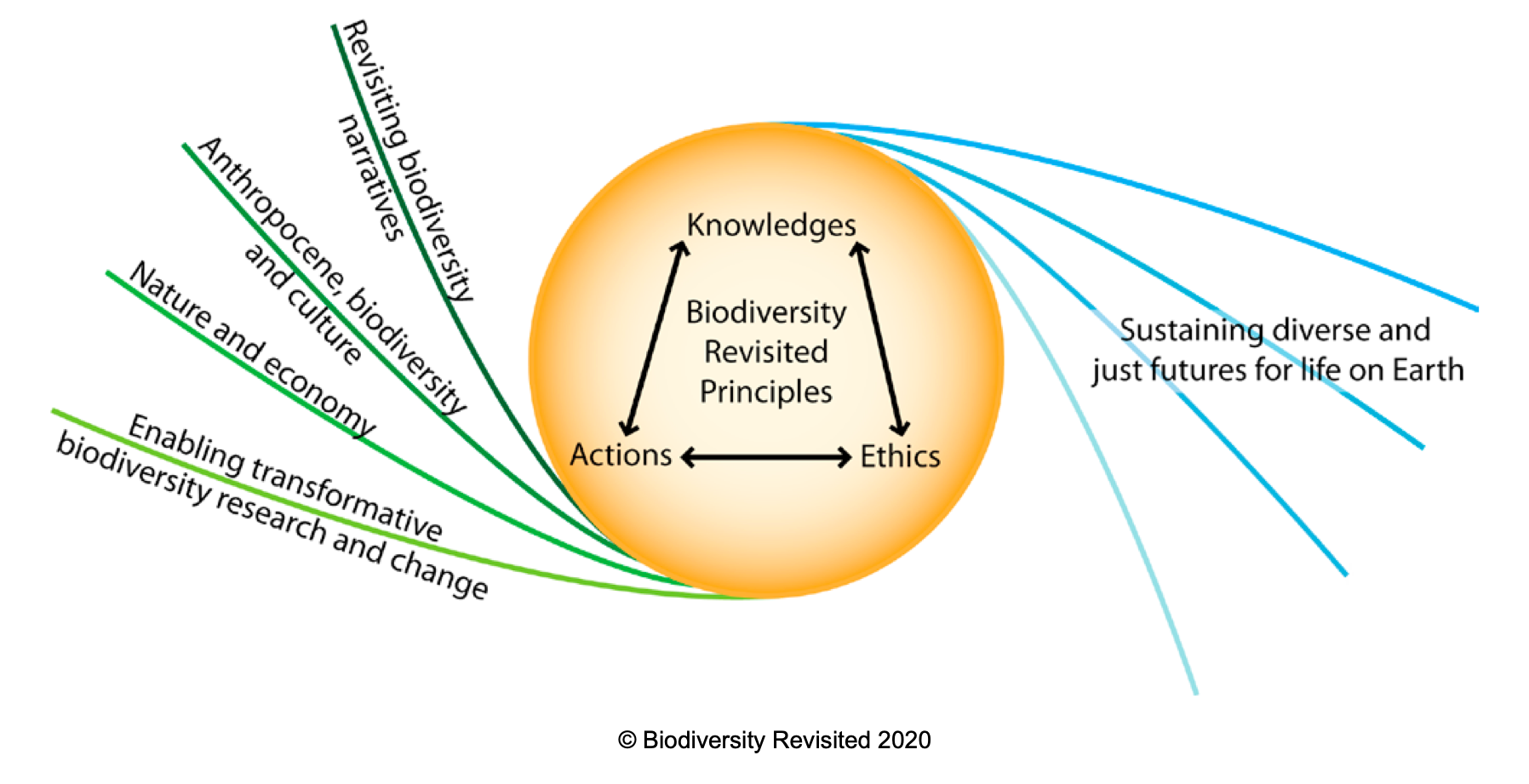
To learn more, we reached out to five of the researchers in the Future Earth community who participated in the Biodiversity Revisited initiative to hear their perspectives on the process and the importance of the Agenda and future actions.

Dr. Maria Jose Martinez-Harms
Future Earth Natural Assets Knowledge-Action Network, Centro de Ecología Aplicada y Sustentabilidad, Departamento de Ecología, Pontificia Universidad Católica de Chile
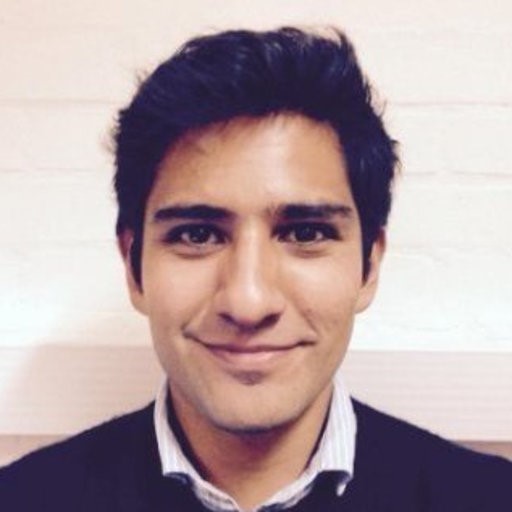
Dr. Santiago Izquierdo-Tort
Future Earth Early Career Research Network Member, Université du Québec en Outaouais, Natura y Ecosistemas Mexicanos, Centro ITAM de Energía y Recursos Naturales

Dr. Laura Pereira
Future Earth Fellow, Stockholm Resilience Centre, Stockholm University, Sweden and Centre for Complex Systems in Transition, Stellenbosch University South Africa
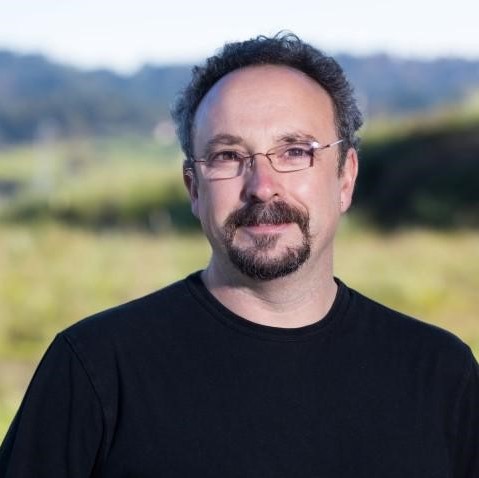
Dr. Unai Pascual
Future Earth Land Global Programme, EcoSERVICES Scientific Steering Committee, and co-Chair of the Natural Assets Knowledge-Action Network., Basque Centre for Climate Change, Spain
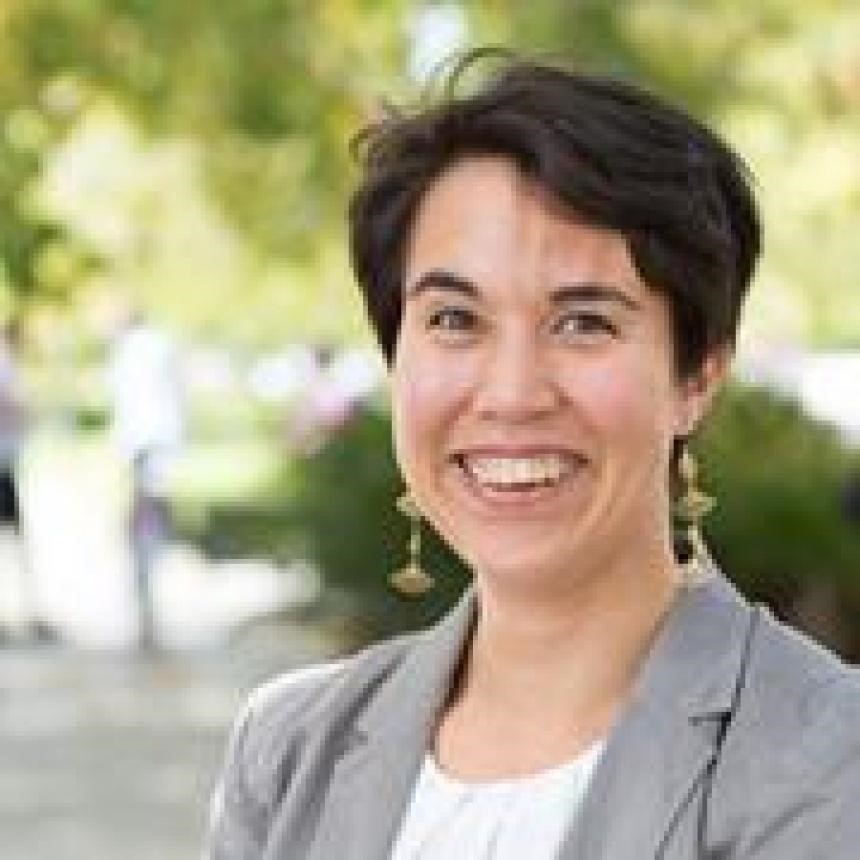
Dr. Michelle Lim
Future Earth Early Career Research Network Member, Macquarie Law School, Macquarie University
What did you most appreciate about your engagement during the 2-year development process for the Agenda?
Maria: I appreciated the opportunity to meet an interdisciplinary group of amazing people and share with them different perspectives on biodiversity conservation in a remarkable collaborative process that led us to co-construct an agenda together. The process of co-creating an agenda that charts a pathway for more effective biodiversity research and action was inclusive. This was represented by the diversity of knowledge, experience and energy of the participants including practitioners and academics coming from different backgrounds and disciplines. It was particularly nice to see that this initiative was gender balanced and encouraged the participation of early career researchers like myself coming from underrepresented regions. The process itself of co-creating the agenda was really inspiring to me because of the high motivation and commitment of all the participants. There was an openness to have debate about different perspectives, challenge existing paradigms and this gave us the opportunity to have our voices heard and included.
Michelle: The breadth of perspectives and ideas from across multiple career stages, geographies and disciplines. Importantly, the opportunities for different viewpoints to be heard in the space that was provided.
Unai: I have appreciated many things, but perhaps the most important one that I found refreshing was the willingness to respect the diversity of viewpoints and the openness for discussion. The group was highly diverse in terms of disciplinary background, age, gender, etc. and this has allowed us to visualize and recognize different perspectives about what biodiversity is, why it matters and especially what differentiated roles it plays for sustainability and well-being, especially in the Global South. The fact that no one wanted to rediscover the wheel but to provide fresh perspectives in a collegial manner made this group special.
What is the most novel or important part of the Agenda in your eyes?
Santiago: In my view, two important take-home messages of the Agenda are, on the one hand, that there is room for any and each of us to contribute towards a more sustainable, diverse, and just life on Earth, and, on the other hand, that there is still much to gain by building bridges across diverse knowledges, disciplines, and worldviews. Perhaps this Agenda can both inspire new generations of biodiversity scholars and practitioners – from the natural and social sciences to humanities and beyond – and serve as a reminder among the established biodiversity communities that tackling the massive challenge of biodiversity loss worldwide effectively and equitably requires for us more than ever to listen to, and learn from, each other and to find new ways to work together.
Laura: I think the Agenda should be seen as a complex system; it’s not just the sum of its parts, but the whole emergent product that is important. All the elements are so interconnected that it’s impossible to focus on just one aspect; that’s a lot of what has gone ‘wrong’ in conservation science where we aren’t seeing the kinds of impacts that we know we need.
Maria: The most important part to me is that it promotes an integrated approach to conservation where people and biodiversity are equally important, putting a special emphasis on the social dimensions of conservation and the inclusion of a diversity of perspectives. The agenda highlights the importance of protecting both biodiversity and the diversity of cultures and world views about the relationships between humans and nature that have historically shaped the way we see the world and our actions towards it. The agenda is an open invitation to change the way conservation is done, making the urgent call to think more broadly drawing on different perspectives, such as ecological, sociological, historical, economical, philosophical and political.
Why do you think this Research and Action Agenda is particularly important now?
Laura: It’s crunch-time for biodiversity… we need a revolution in the research community, the funding community and the practitioner community to recognize and do the kind of research that needs to be done. This agenda sets out what that revolution looks like.
Michelle: Nature is fundamentally important for its own sake. It also provides multiple contributions to human well-being. Yet, biodiversity is threatened to an extent never before witnessed in human history. We are faced with the interconnected and novel impacts of global change. We have had some successes with previous approaches to conservation. However, these have clearly been insufficient to address the unprecedented changes in our global and local realities. The Agenda suggests ways in which we might engage broader expertise and ways of knowing to anticipate and respond to the existential challenges of our times.
Unai: The recognition of the different values of biodiversity for different people should help emphasize the role of new participatory approaches in biodiversity governance across scales, and of course the fact that biodiversity conservation cannot be done at the expense of vulnerable and marginalized people. The Agenda allows for a refocus on the governance implications of incremental and transformative capacity of applying a more holistic social-ecological lens on the complexities of human-nature relations. [It can also enable] new collaborative South-South and South-North research to nourish biodiversity science by connecting it to the political economy roots of the current biodiversity crisis.
Maria: We are living in critical times with biodiversity loss, pandemics, climate change and pollution that are challenging our persistence in the planet and are posing global environmental threats to human wellbeing. The current global crisis is forcing us to rethink our relationship with nature and this agenda provides humanity with hope for positive transformative change. I hope that such change eventually translates into choosing policies and actions that protect and restore not just biodiversity but also the cultural diversity that surrounds it with greater commitment than in the past. In these critical times we need everyone to acknowledge the importance of biodiversity for planetary health and human well-being. We need to recognize that humanity and biodiversity are not separate and that if we keep perpetuating destructive relationships with biodiversity, we are eroding the very foundations of our lives.
The Biodiversity Revisited process of collaboration that includes a diverse set of perspectives (e.g. early career and underrepresented global regions among others) is an important step in the development of various intergovernmental processes. For example, the agenda will continue to inform work on the path to Kumming, China where the post-2020 global biodiversity framework will be announced next year. As well, this initiative provides specific suggestions to the Intergovernmental Science-Policy Platform on Biodiversity and Ecosystem Services (IPBES) scoping document for the next assessment of Transformations.
DATE
July 13, 2020AUTHOR
Abigail ChamberlinSHARE WITH YOUR NETWORK
RELATED POSTS
Future Earth Experts Contribute to “10 Must Knows” as a Guide to Preserving Biodiversity
IPBES Report Provides Evidence, Tools & Options to Help Governments Achieve New Global Goal on Invasive Alien Species
Future Earth at IPBES 10: Assessing Invasive Alien Species
